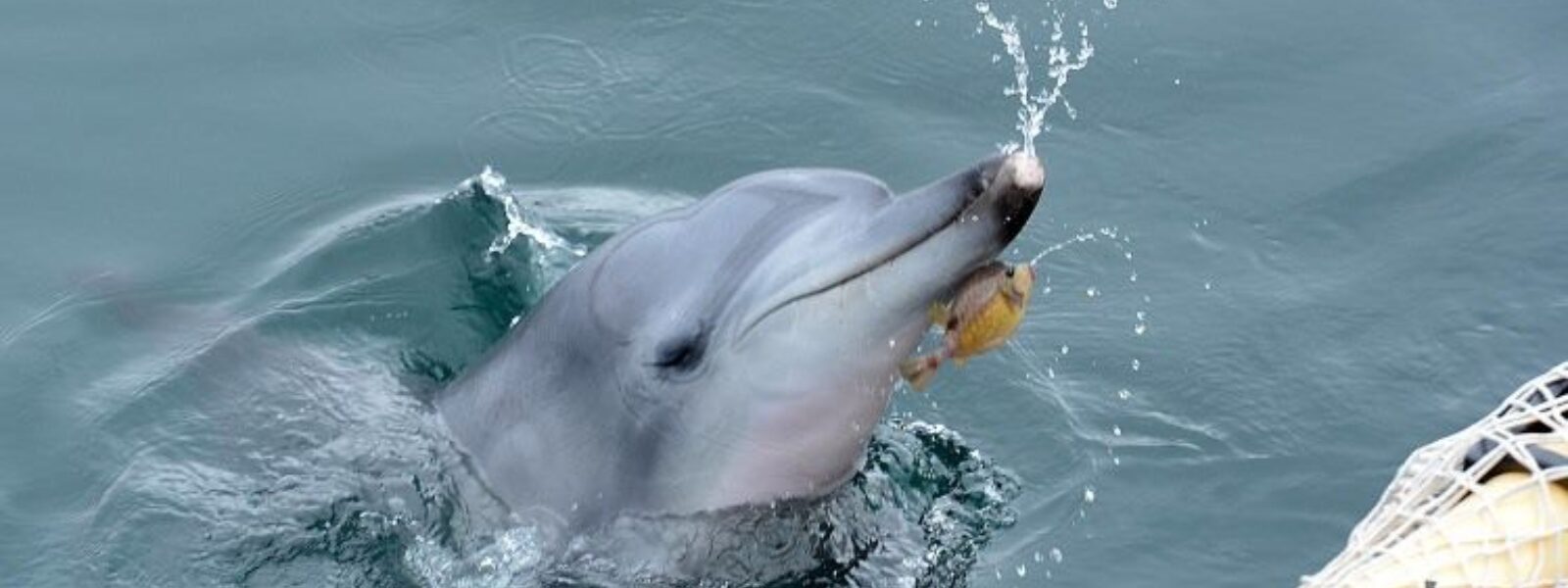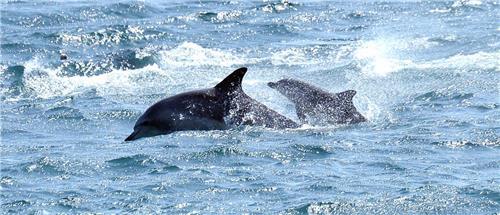

SeaWorld likes to claim that releasing cetaceans is not a good idea, because it is against their business interests to free their captive dolphins. They wrongly state that the Keiko project was a failure, when in fact that release project was an instructive success.
But a dolphin named Sampal just proved how wrong SeaWorld really is.
This week, news reached the world that Sampal, a dolphin who was captured, held captive in a South Korean facility and released back into the ocean after five years, has now given birth to a calf in the wild.
"We have spotted Sampal and her baby swimming in a parent-child posture many times during the recent three weeks," said Jang Soo-jin, a member of the team comprised of researchers from Jeju and Ehwa Womans universities. "Strict criteria applied show that they are parent and child."

Sampal’s release happened in 2013, after it came to light that four dolphins being held at facilities in South Korea were illegally captured. The Korean Supreme Court ordered their rehabilitation and release back into the ocean, after a long campaign by our colleagues with the Korean Animal Welfare Association. The Association further conducted the rehabilitation and release of Sampal and her tank mates.
Sampal, along with two other dolphins, was moved to a sea pen and was being re-trained to live in the wild. However, she took advantage of a hole in the netting and escaped from the seapen. She hung around outside of the pen for a time, perhaps attempting to convince her fellow captives to follow her. But when a group of concerned people gathered nearby, discussing how to get her back into the pen, she made her break for open water – and never looked back.
Less than a week later, she was spotted 100 kilometers away from the sea pen, swimming with a pod of about 50 dolphins — said to be the very ones from whom she was taken all those years ago.
Now, Sampal has given birth to a calf – demonstrating that, even after the trauma of capture and being removed from the oceans for five years, it is possible to successfully release cetaceans from human “care”.
Sampal’s story raises many interesting questions that ought to give us pause. We will never know precisely what went on in Sampal’s mind when she broke for freedom, but we can infer that she made a conscious decision to leave the sea pen, which is particularly compelling given that dolphins tend to avoid swimming through narrow passages. She then travelled to her home range, which suggests she remembered it from her life before captivity. She met up with her own pod, her family, who apparently welcomed her, suggesting that they too remembered her. And giving birth shows that her adjustment back to a life of freedom, in the wild, is complete – should there have been any doubt.
Sampal shows us that not only is it possible to free captive dolphins and return them safely to their home waters – it is a moral obligation. SeaWorld should take note.
